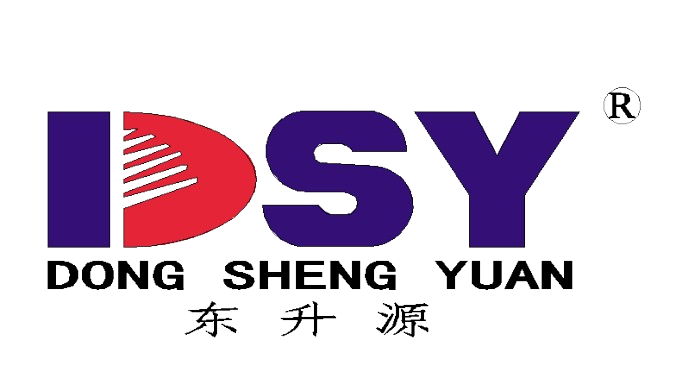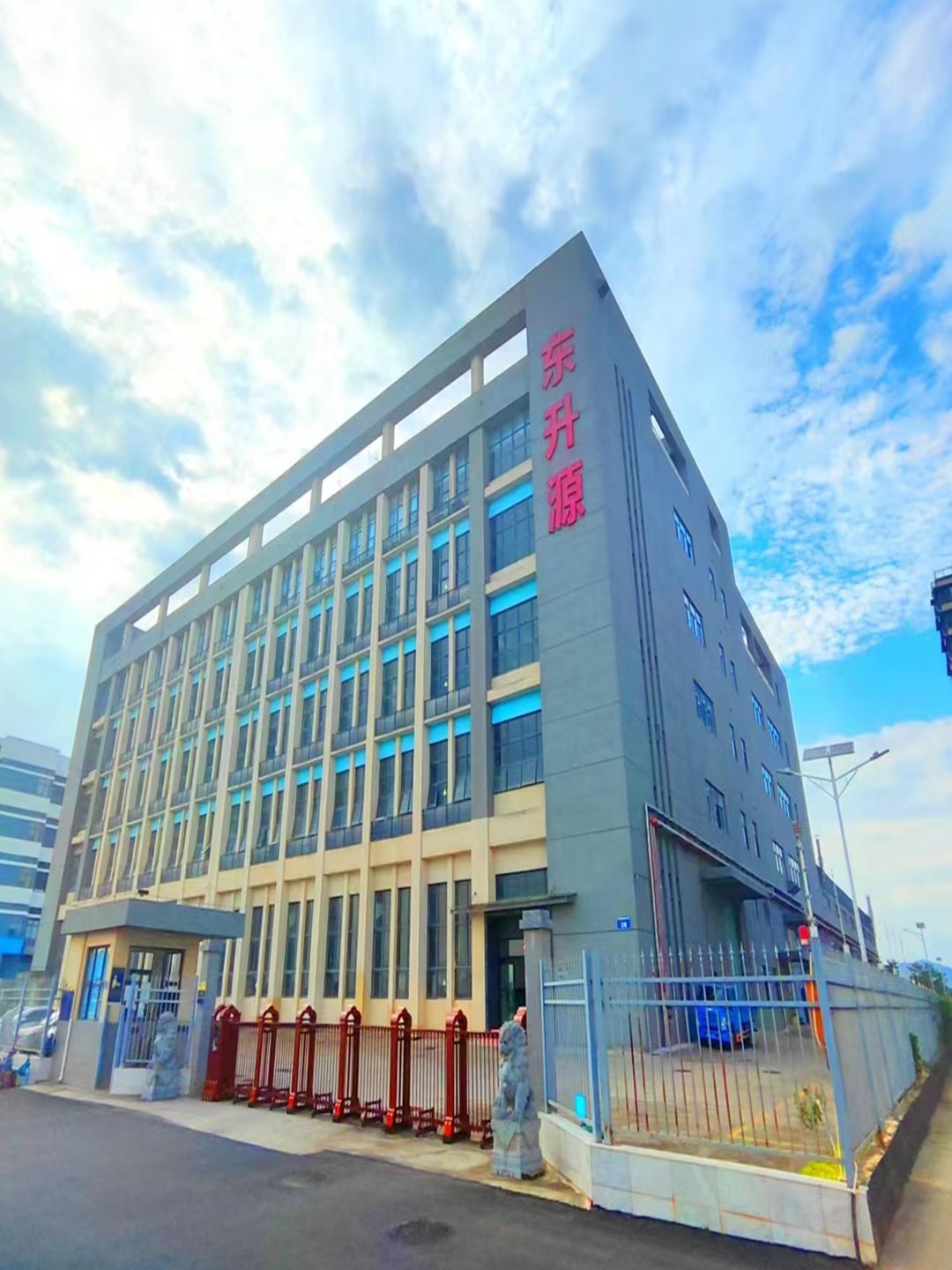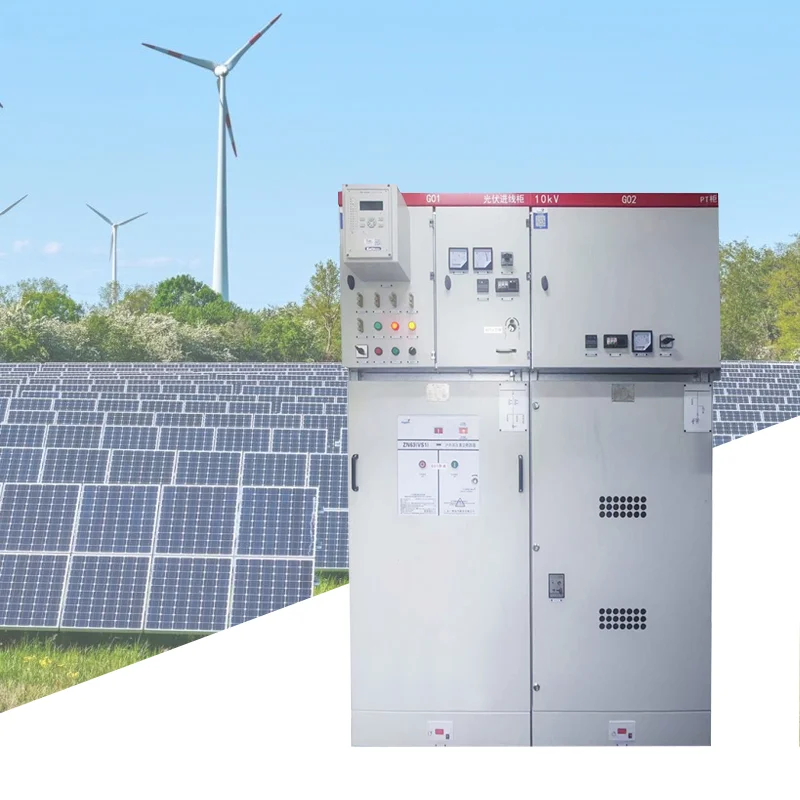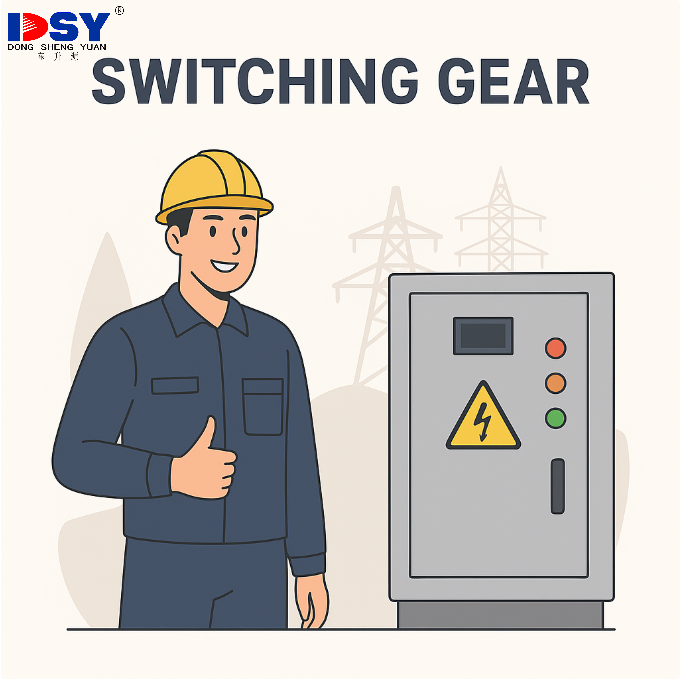How Switchgear Works: Key Functions and Buyer Guide
For procurement managers, understanding switchgear isn’t theory—it’s about avoiding costly project delays, compliance failures, and unexpected lifecycle costs. This guide breaks down what matters most when sourcing HV/LV switchgear.
Introduction — Why Buyers Must Pay Attention
Choosing the wrong switchgear can mean failed inspections, rejected FAT tests, and unplanned downtime. Getting it right ensures smooth project delivery, lower lifecycle costs, and long-term reliability. This article explains how switchgear works and highlights what buyers must check at each step to minimize procurement risk.
Switchgear Functions — What They Mean for Procurement
Controlling and Switching
Switchgear connects and disconnects circuits to manage power flow safely. Buyer note: Always verify the rated switching duty and mechanical endurance to avoid equipment breakdown mid-project.
Protecting Assets and People
Built-in breakers and relays prevent damage during faults. Buyer note: Confirm the protection devices meet international standards such as IEC 62271 and IEC 61439. Non-compliance risks project rejections and safety liabilities.
Fault Isolation
Switchgear isolates faulty sections quickly to protect the rest of the system. Buyer note: Demand clear single-line diagrams and maintenance isolation points to simplify operation and reduce outage time.
Key Components — What Buyers Should Inspect
Circuit Breakers
The heart of fault interruption. Buyer note: Check breaking capacity (kA) and arc-resistance. Underspecifying this leads to catastrophic failures under fault conditions.

Busbars
Carry and distribute current across the system. Buyer note: Review material (copper/aluminum) and thermal ratings—poor quality busbars lead to overheating and downtime.
Protection Relays
Monitor, detect, and trip during abnormal events. Buyer note: Prioritize digital relays with communication protocols (e.g., IEC 61850) to support predictive maintenance and reduce service costs.
Enclosures
Protect internal parts and personnel. Buyer note: Specify enclosure IP rating based on installation environment—selecting incorrectly risks corrosion, arc flash, or early failure.
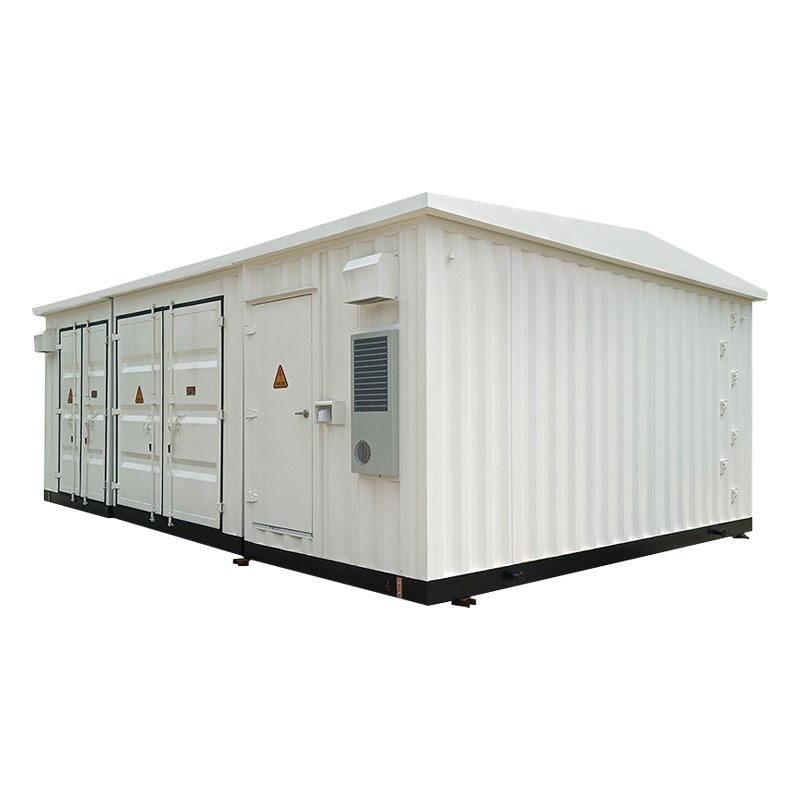
Critical Buyer Considerations — Reduce Risk in Procurement
Standards Compliance
Non-compliant switchgear fails FAT and stalls projects. Buyer note: Insist on IEC 62271 or IEC 61439 certificates before issuing POs (ANSI Standards Reference).
MV vs LV Selection
Overspec adds cost; underspec creates failures. Buyer note: Match voltage class to load and distribution requirements with engineer review.
Fixed vs Withdrawable — Cost vs Maintenance Tradeoff
| Feature | Fixed Switchgear | Withdrawable Switchgear |
|---|---|---|
| Initial Cost | Lower | Higher |
| Maintenance Downtime | Longer (requires shutdown) | Shorter (modules can be swapped) |
| Operator Safety | Standard protections | Enhanced with interlocks |
| Spare Parts | Simpler, fewer SKUs | Requires dedicated spare units |
Buyer note: Decide based on your project’s priority—lower upfront cost or minimized downtime.
FAT & Supplier Validation
FAT ensures equipment performance before shipment. Buyer note: Include witnessed FAT in contracts and reject suppliers who cannot provide full test reports. See guidance from IEC for standard FAT procedures.
Total Cost of Ownership
Low upfront prices can hide expensive long-term costs. Buyer note: Evaluate warranty, spare parts availability, and downtime penalties, not just initial price.
Quick Specification Checklist for Procurement
| Specification Item | Buyer Must Verify |
|---|---|
| Rated Voltage & Current | Ensure alignment with project load profile |
| Breaking Capacity (kA) | Check against short-circuit study results |
| Standards Compliance | IEC 62271 / IEC 61439 / ANSI |
| Enclosure Rating | Specify correct IP/IK for site conditions |
| Protection Relays | Type, settings, and communication protocol |
| FAT Documentation | Require witnessed FAT reports before shipment |
Conclusion — Selecting the Right Switchgear Pays Off
Procurement success depends on knowing which functions and parameters to check. The risk of a wrong choice includes rejected inspections, safety failures, and cost overruns. The reward of the right choice is long-term reliability, compliance, and reduced lifecycle costs. Use these considerations to structure your specifications and supplier evaluation.
